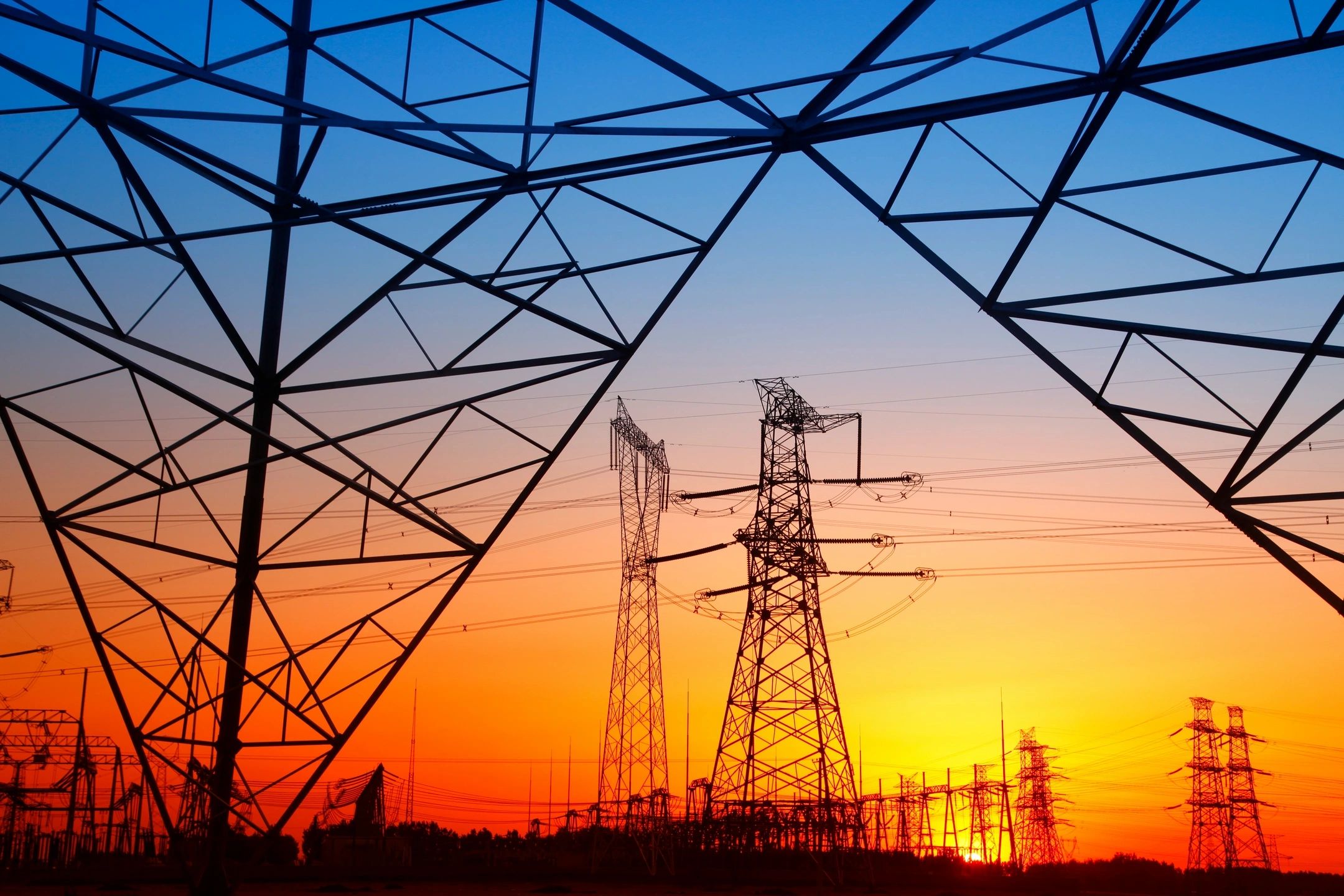A recent Israeli military strike targeting Iran’s nuclear facilities and energy infrastructure has created ripples across global energy markets, with potentially severe implications for European energy security. The attack, which occurred on June 14th, specifically impacted the South Pars gas field in the Persian Gulf, considered the world’s largest operational natural gas facility.
The precision strike resulted in the shutdown of one of South Pars’s four production units, causing an immediate reduction in daily output by 12 million cubic meters. This represents approximately 4.4 percent of Iran’s total daily gas production, which typically amounts to 275 billion cubic meters per year. With domestic gas prices in Iran at roughly $0.07 per cubic meter, the regime faces daily losses of around $840,000.
The majority of Iran’s natural gas production serves domestic needs, including power generation, heating, and industrial applications. Only about 10 percent is exported, primarily to Iraq and Turkey through long-term agreements. While Iran has aspirations to export to European markets, limited infrastructure and political tensions have prevented significant development in this direction.
Global energy markets responded swiftly to the strike, with crude oil prices surging 14 percent to $73 per barrel as traders anticipated potential escalation and further disruption to regional energy infrastructure. The attack appears designed to pressure Tehran’s regime by targeting its economic foundations, even at the risk of Israeli retaliation against its own energy facilities.
For Europe, this development poses significant concerns due to its substantial energy dependency. The European Union relies on imports for 58 percent of its total energy consumption, making it particularly vulnerable to geopolitical disruptions and price volatility. Despite ambitious green initiatives, major European economies remain heavily dependent on energy imports – Germany at 66 percent, Italy at 75 percent, and Spain at 68 percent. Only a few nations, such as Estonia and Sweden, maintain relatively low import dependence.
The situation draws parallels to the 1970s oil crisis, when OPEC’s response to Western support for Israel during the Yom Kippur War led to widespread economic difficulties in Europe. The current
circumstances could prove especially challenging for eurozone nations, as energy crises typically drive capital toward the U.S. dollar, the primary currency for global energy trading.
The euro’s position as a fiat currency, backed by economies with limited domestic energy resources, makes it susceptible to devaluation during energy-related geopolitical crises. Rising energy costs could accelerate recessionary pressures while fueling inflation, potentially triggering capital flight to more energy-secure regions.
Europe’s vulnerability has been exacerbated by policy decisions such as Germany’s nuclear power phase-out and restrictions on Russian energy imports. The European Union appears to lack effective tools for addressing potential energy shocks, with its influence in energy-rich regions diminishing. The conflict between Israel and Iran, similar to the Ukraine situation, highlights the EU’s declining geopolitical relevance and its limited ability to shape or resolve major
international conflicts.
Without a significant shift in strategy and a return to pragmatic diplomatic engagement, Europe faces considerable challenges in securing its energy future. The current situation underscores the urgent need for the EU to reassess its approach to international relations and energy security in an increasingly volatile global landscape.

